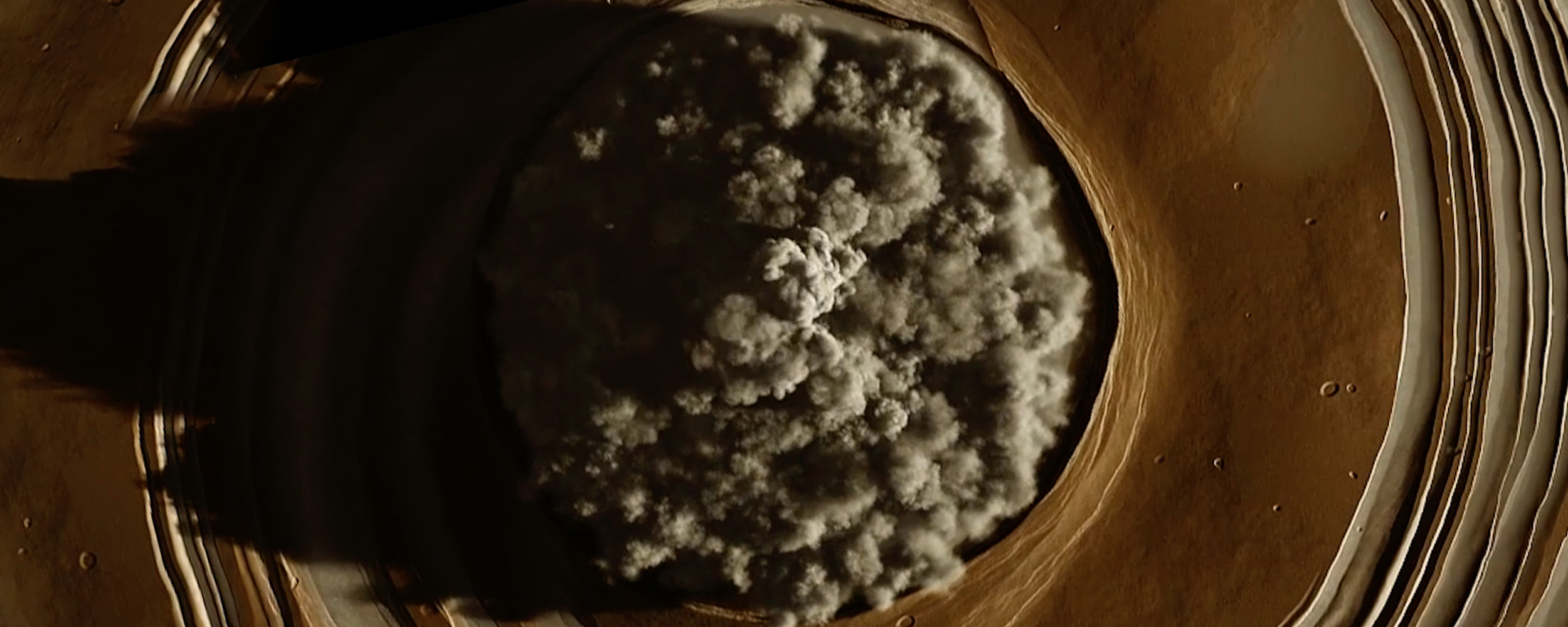GRAMMAR
“BIOLUMINESCENCE
SELF ILLUMINATION
JUXTAPOSITION
BOLD CONTRASTING LIGHTING
AMBIGUITY OF SCALE
ROTATION
DARK BACKGROUNDS”
“OUR PLANET
IS INTERCONNECTED”
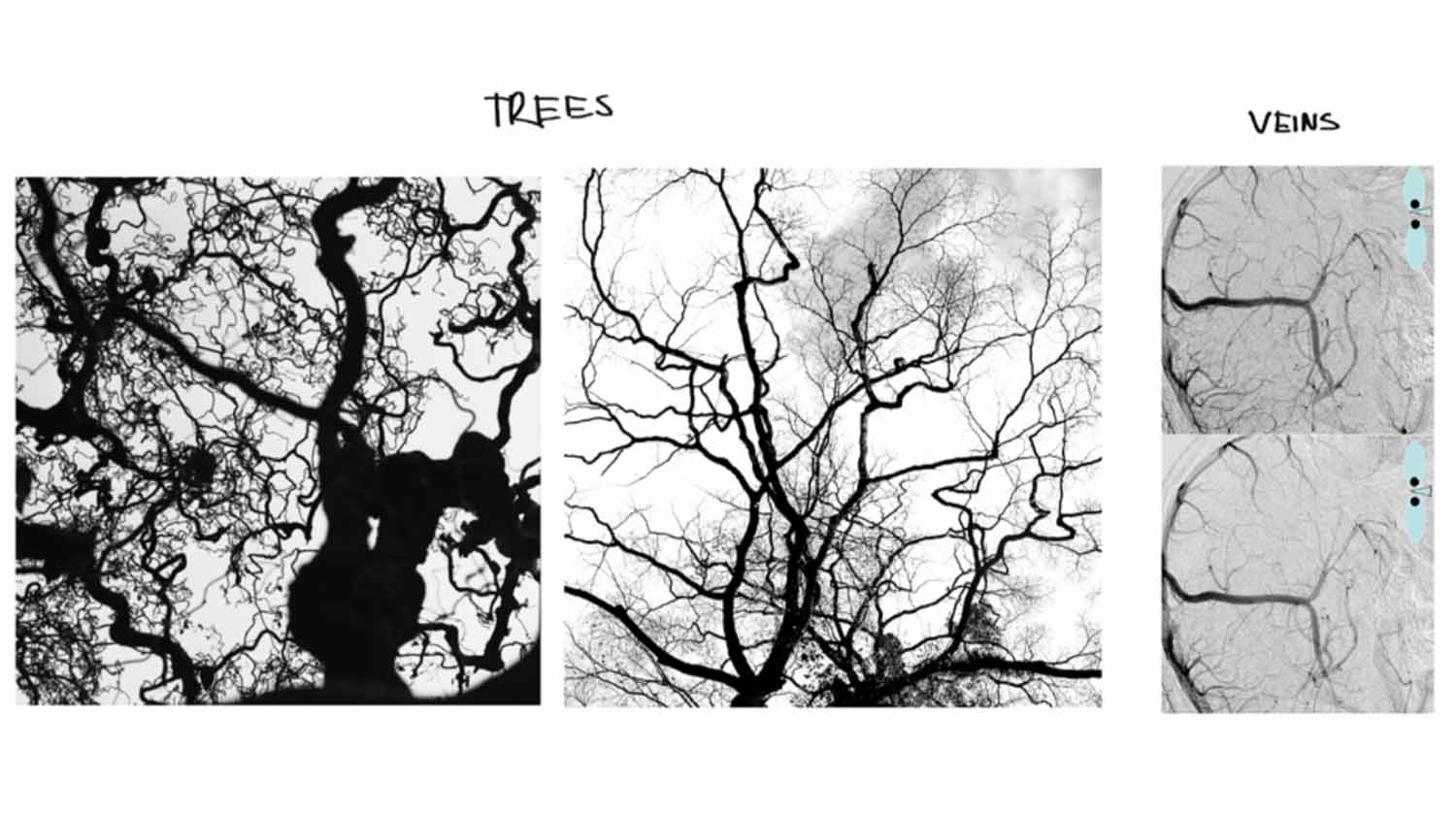

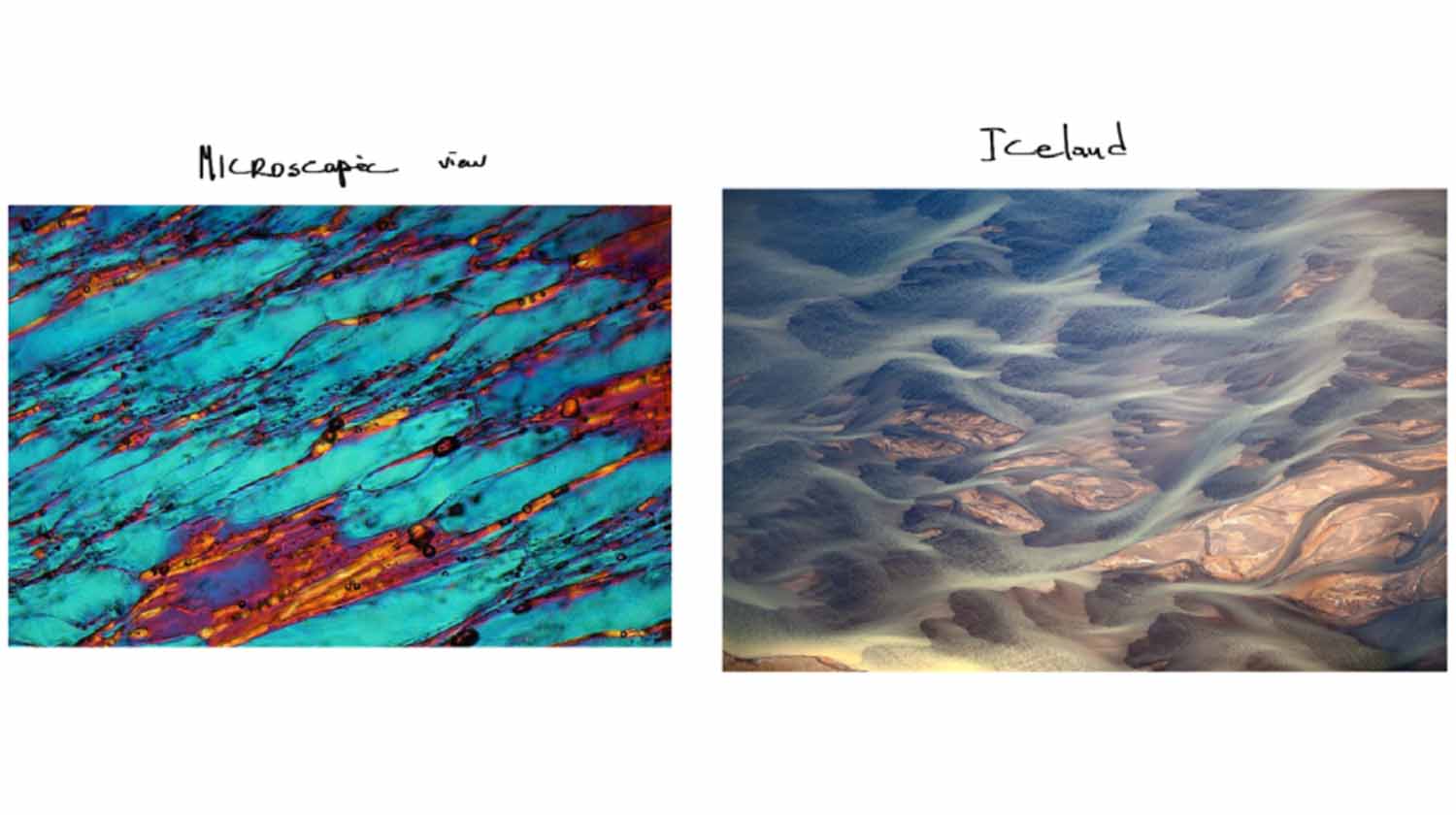

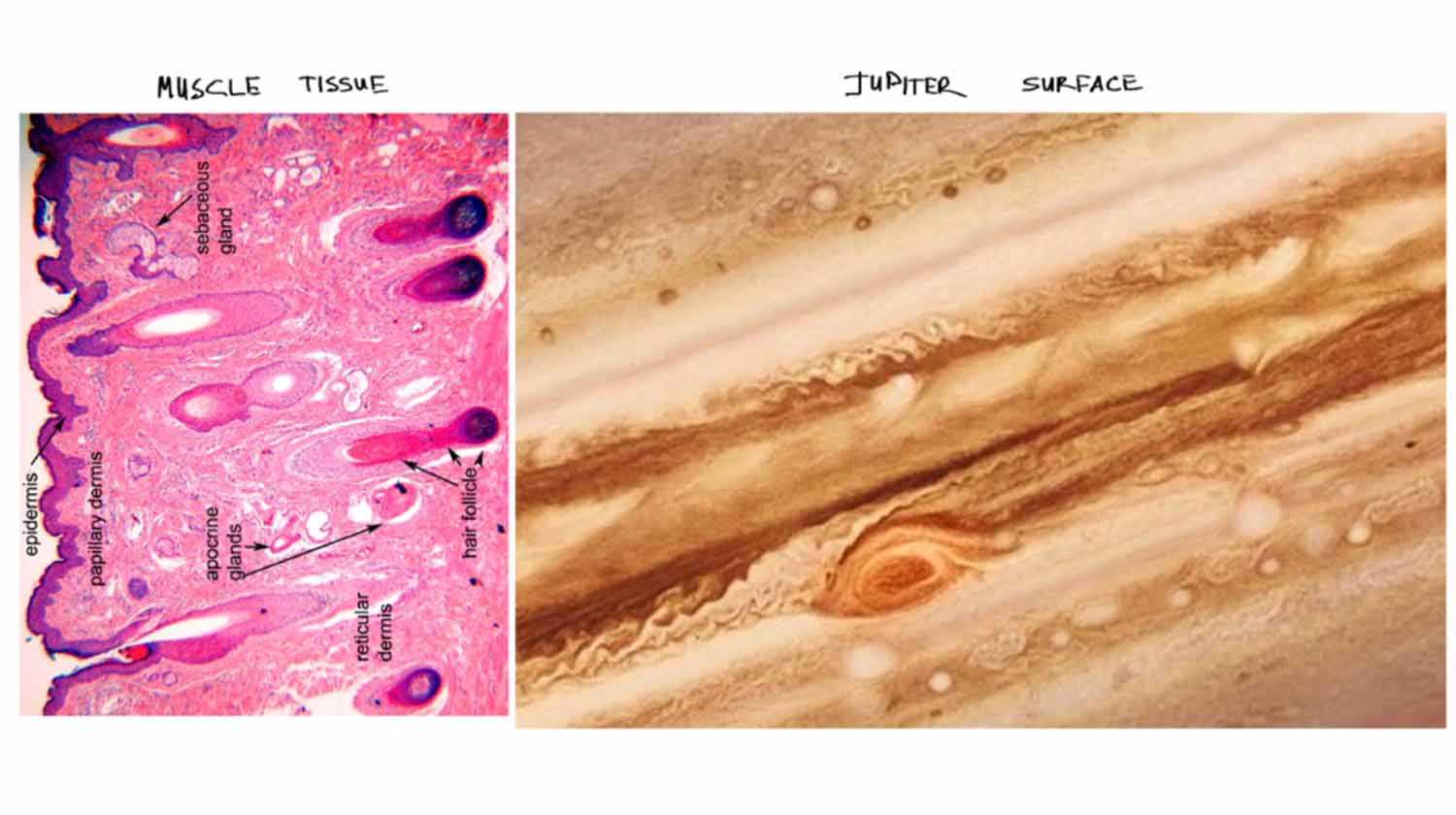

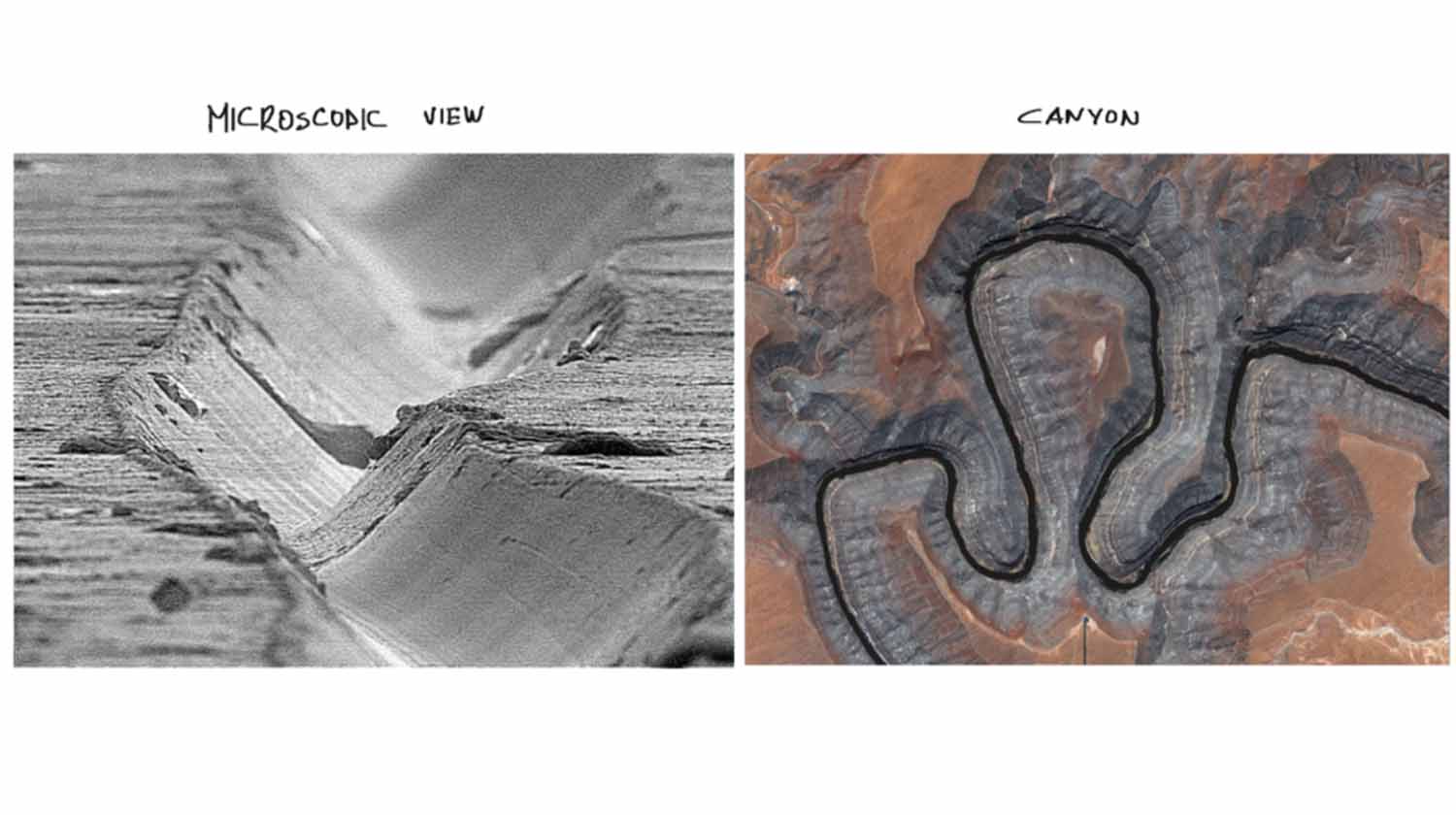
“JUXTAPOSING SHOTS
AT MULTIPLE SCALES”
SCALE
OSR's main style strategy is revealing the planet’s bold photographic compositional identity by juxtaposing different scales: cosmic, aerial, micro, nano from the Cosmic, ISS, Stratosphere, aerial, microscope or Nanoscope.
So we’ll continue this strategy into the VFX world to communicate that our planet is interconnected.
Shape, color, texture and composition of these environments will be carefully matched to those captured by our cameras.
“TIMELAPSE AND ELAPSED-TIME TO REVEAL HIDDEN PROCESSES”



SPEED
OSR will play with timescales – whether it's phantom high-speed macro shots to capture ultra-details – or timelapse and elapsed-time to reveal hidden processes, adding drama and impact.
OSR will reveal detail that can’t be seen with the naked eye. We’ll be matching and creating seemingly ‘impossible' shots in VFX to blur the boundaries of our perceived world.
For example, these could be extreme close ups of dust particles colliding during the Theia moon impact. Timelapse will be used to help explain processes such as ageing and evolution.
“pools of light in shots
as if they were
theatrical spaces”
LIGHTING
The real drama of our VFX approach will be in the lighting – taking a much more cinematic approach, placing pools of light in shots as if they were theatrical spaces.
Generally, we’re aiming to echo the light experienced in Space – to bring visual unity across the board – so a low-angled light across surfaces to maximize surface detail with high-contrast shadows, bringing cohesion to the VFX and NASA archive as a whole.
Rim-lighting and slivers of light will hint at detail - full top-light will be avoided.
Backlighting will bring parity to our gaseous elements seen in Space (nebulas, auroras etc).
Sub-surfacing lighting will be used with CG organic elements to give a sense of living energy within. Self-illumination will be used for our process-driven sequences to make our invisible worlds come to life.
Binding both together is our concept of ‘Bio-luminescence.’
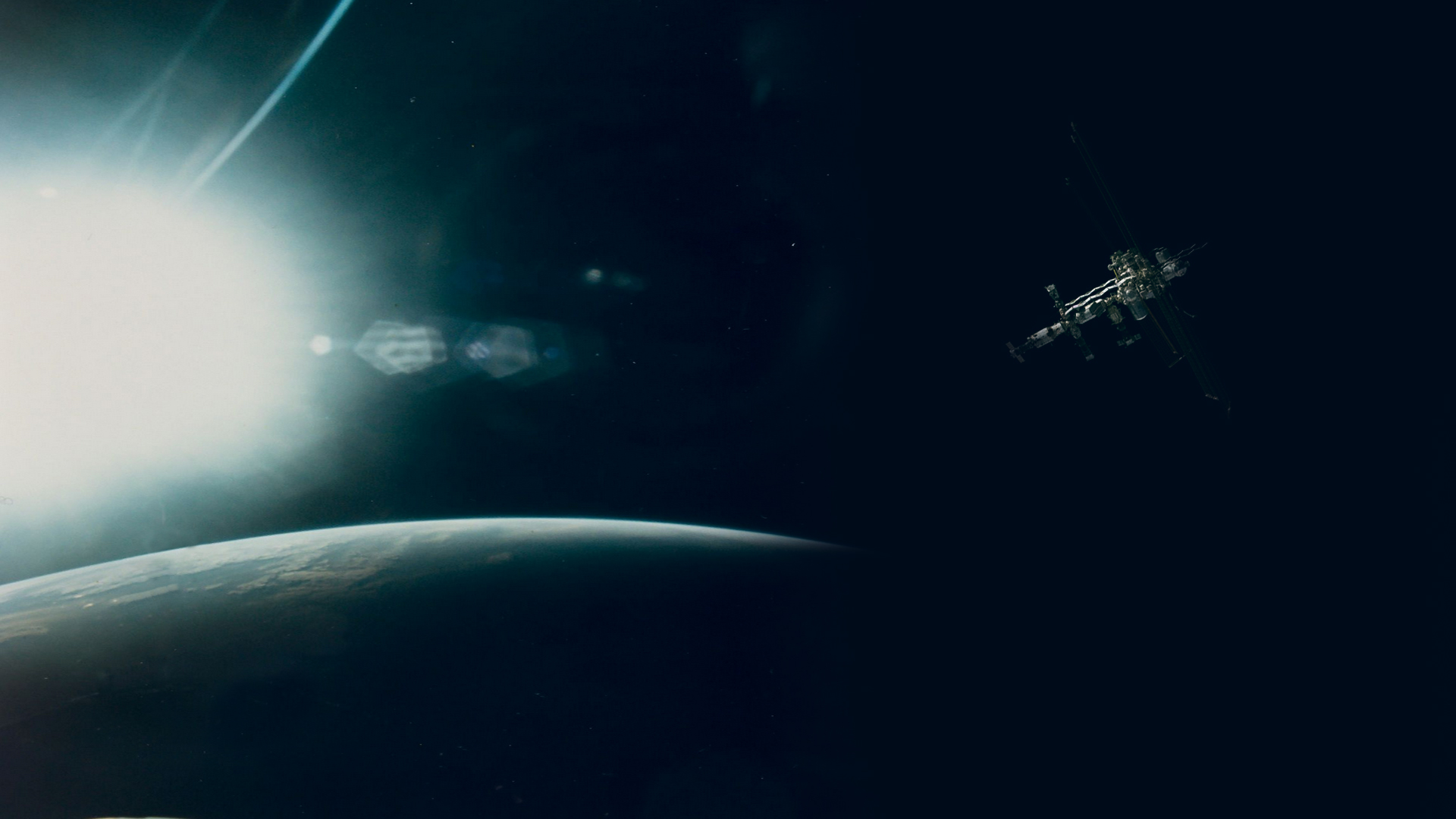



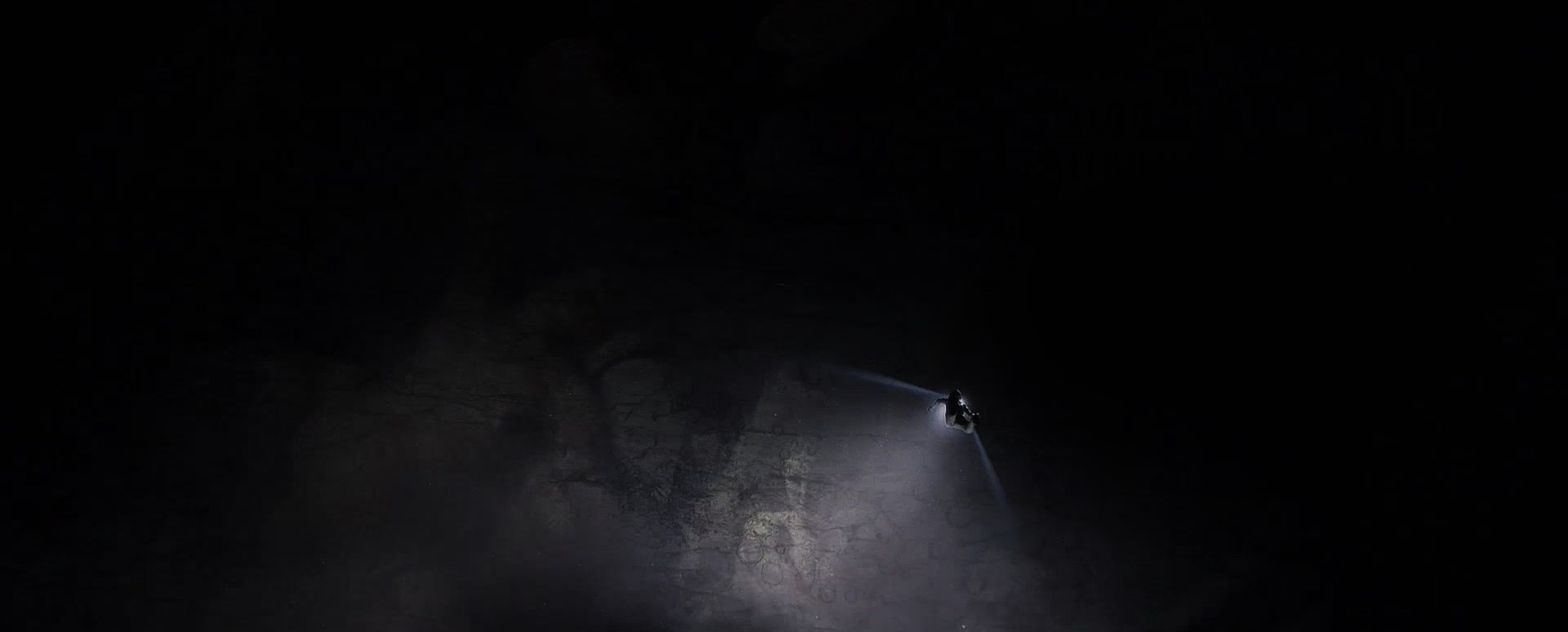


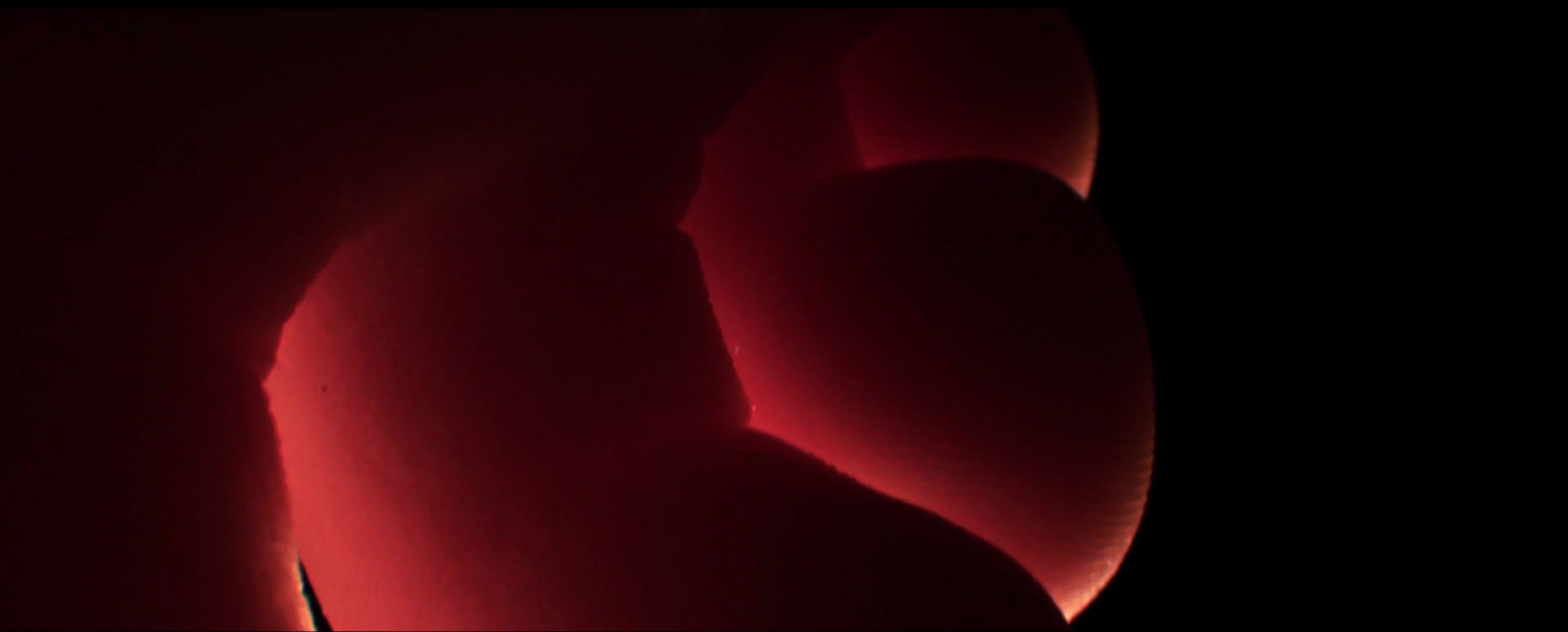
“slivers of light
will hint at detail ”
LENSES
A range of lenses in our 3D software will be used for CG driven imagery. We will play with depth of field to perceive the scale across different worlds.
We will use 2 principal framing cameras for capturing ‘Space’, one narrow angle which will mimic a reflecting telescope with a focal length of 2000mm and 0.35 degree field of view, and another wide angle which will behave like a refractor with a focal length of 200mm and 3.5 degree field of view.
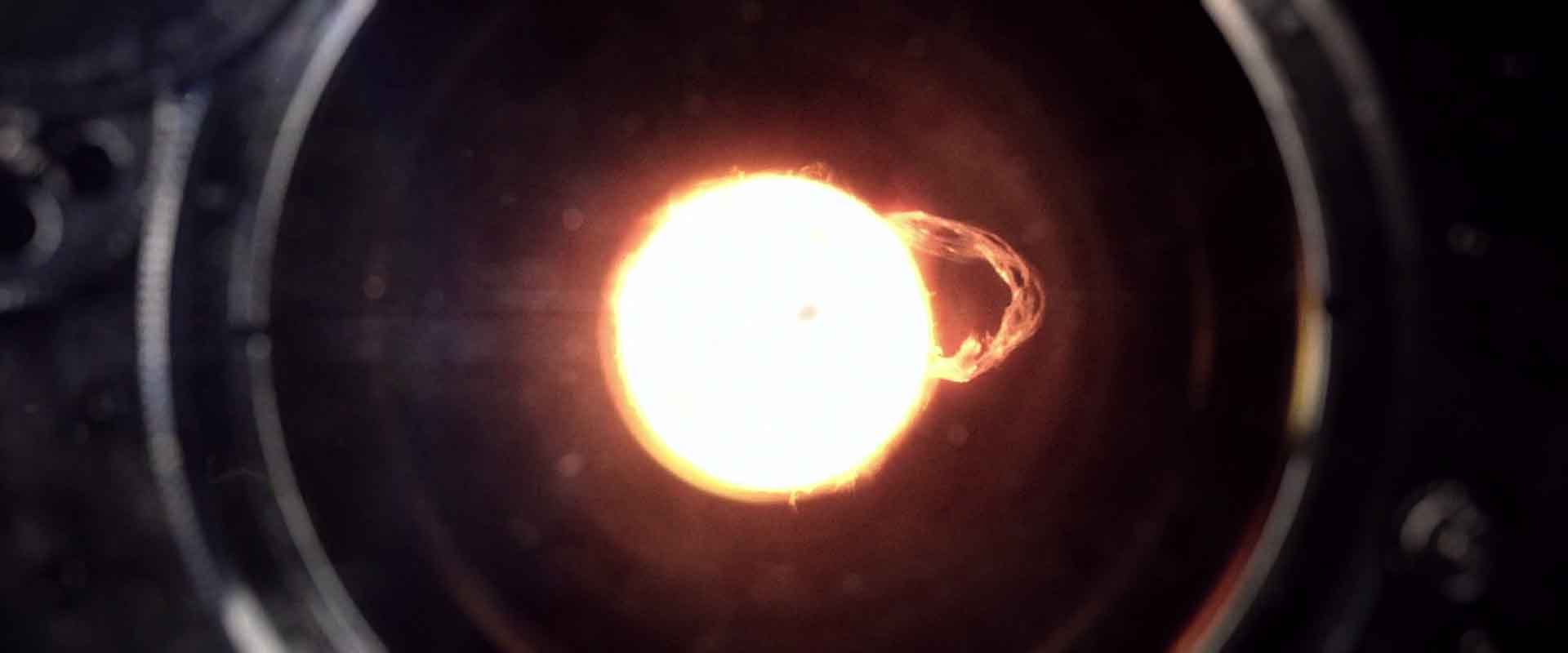
“cutting wide, then with close detail”
CAMERA
TV CG sequences often rely on huge camera animations. For OSR we’ll restrict this to echo more natural camera motion of live action - small, linear movements, cutting wide, then close, with detail. We’ll avoid big zooms or clichéd, over-choreographed, plotted paths. We’ll aim for sequences of shorter shots cut together from interesting angles of the same subject rather than one animated camera perspective over the duration of a sequence. We will mimic all optical effects prevalent with real cameras, to embed any CG elements that are created in the real world.
Live action plate photography augmented with CG elements will be tracked to match the original camera movement.
TRANSITIONS
OSR will play with scale and motion to transition between scenes and worlds. Matching different worlds at similar scale will help to reinforce our parallel worlds, such as matching the veins in a decomposing leaf to river tributaries shot from space. We will use moves in and through objects, for example travelling in through the iris of an eye before resurfacing from the lobe of an ear.
COMPOSITION
“CAREFULLY USING LIGHTING TO DRIVE COMPOSITION”


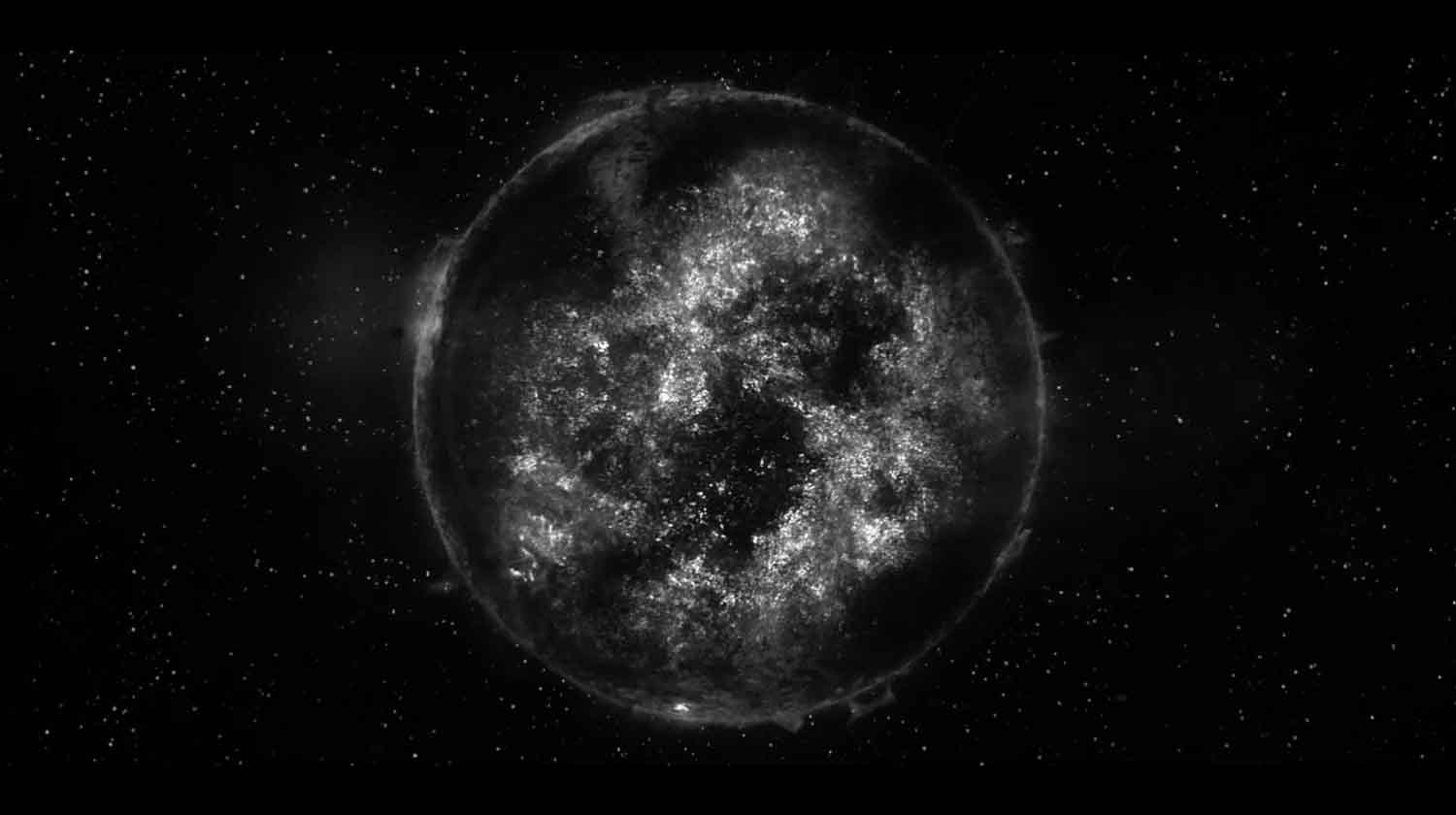
ROTATION
Camera rotation will be coherent with our use of spirals and circular motion in our live action filming, reflecting the orbiting, circular perspective of the astronauts.
